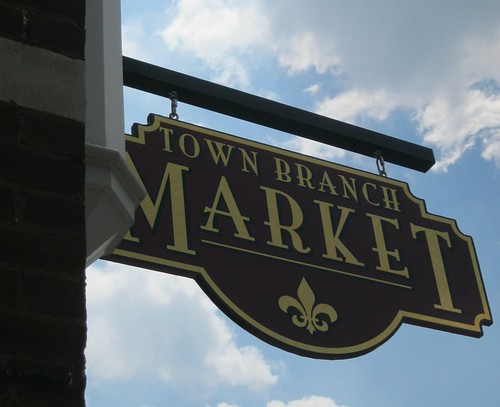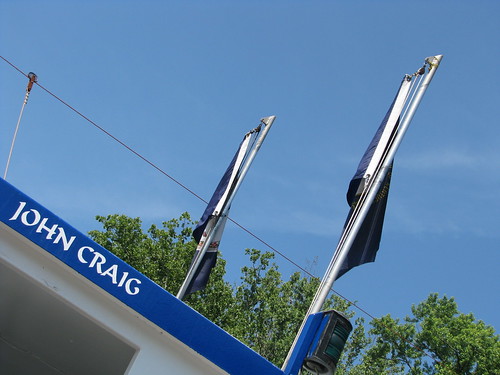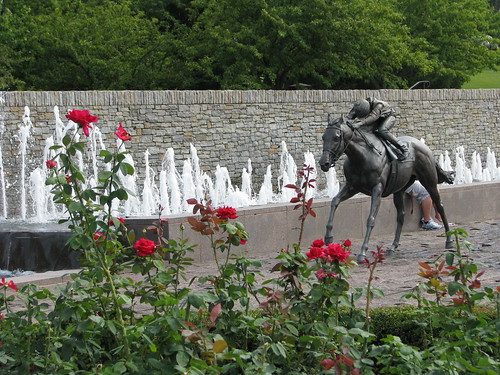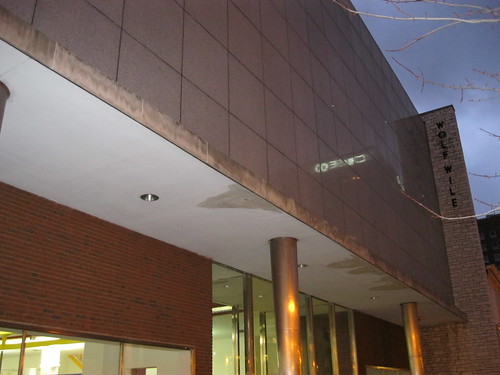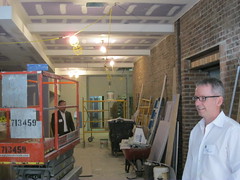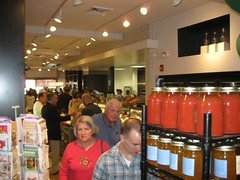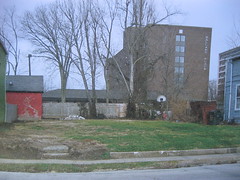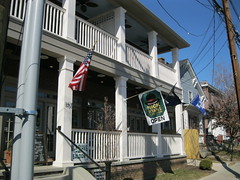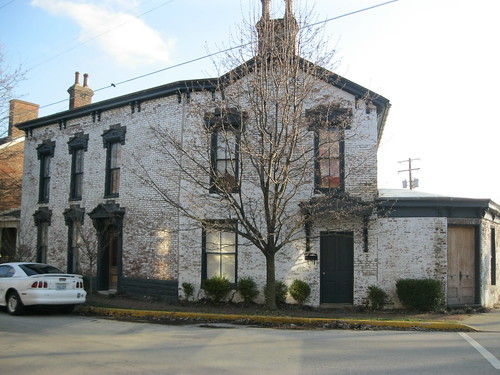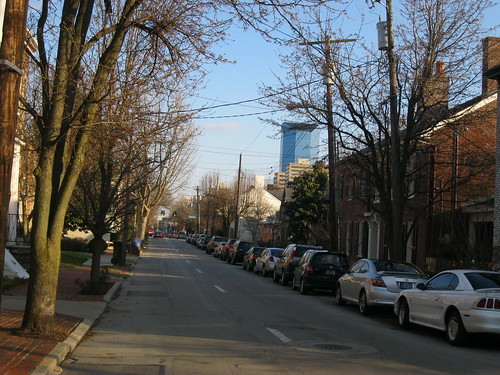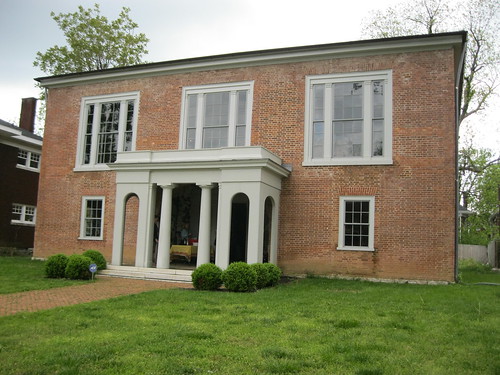 |
| Pope Villa – Lexington, Ky. |
Designed by Benjamin Henry Latrobe in 1811 for Senator John Pope and his wife Eliza, this home is one of – if not the – best example of residential architecture in America by this incredible architect (only 3 remain).
Benjamin Latrobe was best known, however, for his work as the nation’s architect. In fact, he was the first professionally trained architect in the country. A friend of Thomas Jefferson and other leaders, Latrobe oversaw the construction of the U.S. Capitol, designed parts of the White House, and drew up the plans for the Baltimore Basilica.
Latrobe’s Kentucky clients were very involved in the design of their home – a perfect square footprint topped with a dome. The first floor “basement” included Pope’s office, Eliza’s parlor, in-house servant’s quarters and, of course, some “secret” passages. The primary floor of the Villa, however, was the second. Upon ascending the stairs, one would have found a circular domed main parlor (probably with an oculus skylight). To the right were the drawing room and the dining room – each with a curved wall creating two “dead zones” one of which would have completely obscured any utility from the middle window on the second floor. Bedrooms were to the left.
The Popes sold the property in 1829 when they left for Arkansas (John had been appointed by President Jackson to be the territorial governor). The Woolfolk family bought the home and, at the conclusion of the Civil War, retained Thomas Lewinski to redesign the building into an Italianate structure. (Lewinski was the Lexington architect of the era as Gideon Shryock had left for Louisville; Lewinski also designed the new Ashland estate and a number of downtown churches, including Christ Church Episcopal).
Over time, the property was expanded and converted into as many as ten apartments for University students. Despite all the damage done, original wallpaper samples and other architectural detail has been uncovered. [*]
Ravaged by arson in 1986, the property was thereafter purchased by the Bluegrass Trust which has carefully restored the exterior of Pope Villa to its 1812 appearance; the interior is an ongoing project. More pictures of the Pope Villa can be accessed here. Richard Moe, the President of the National Trust for Historic Preservation, has described the Pope Villa as “one of this country’s greatest treasures.” It certainly is one of Lexington’s.

